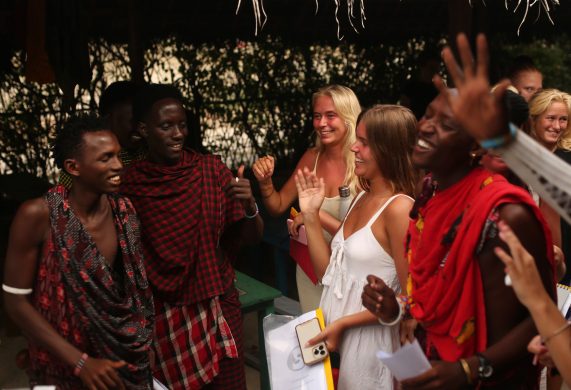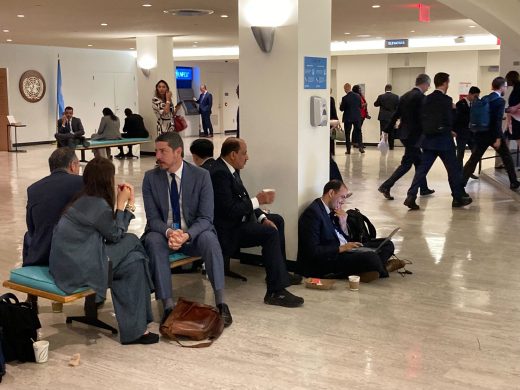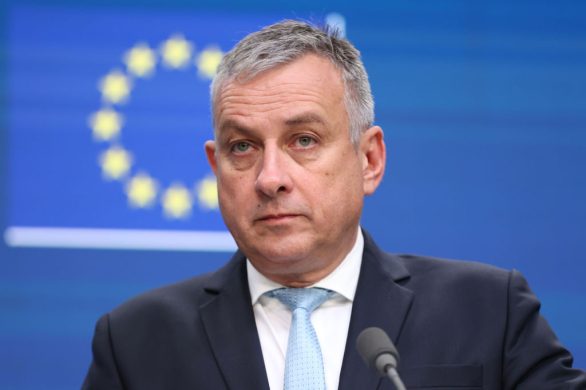There may be many ways to feed a growing world population without losing more forests.
That is the conclusion of a new study led by Karlheinz Erb, a professor at the Institute of Social Ecology at the University of Klagenfurt in Vienna.
The report, which will be published 19 April in the journal Nature Communications, considers a range of options for how humans will produce and consume food in 2050: from adopting low or high yield farming practices to taking up meat-heavy or vegetarian diets.
Red meat
And, the team discovered, many of these options might work — providing more than 9 billion people with the nutrients they need without bulldozing additional forests to make room for new cropland.
Of the roughly 500 scenarios for food production and consumption that Erb and his colleagues examined, more than half, or 289, could “feasibly” meet those goals.
The researchers also found that human dietary choices, such as how much red meat the world eats, will likely have a sizable effect on the need for deforestation in the future. The results, Erb says, are “good news.”
“There is an implicit assumption among many forces that we have to encroach into the tropical forests, and we have to use more land to feed the people,” Erb says.
“Here, we show that this argument is not valid. There are many options where we don’t have to encroach into the forests.”
The new study has emerged from the efforts of the Global Land Project, a research project of Future Earth. Erb sits on the Scientific Steering Committee of this project.
Forests important for slowing climate change
His most recent study responds to a major challenge: the United Nations estimates that by 2050, 9.7 billion people will live on the planet, up from around 7.1 billion today.
At the same time, spreading agriculture to feed those extra mouths could have wide-ranging consequences.
Today, humans put roughly three-quarters of the planet’s non-frozen land surfaces to some sort of use. But ecosystems like forests are home to many species of animals and plants and also store mammoth volumes of carbon, making them important tools for slowing climate change.
Raising animals for meat can have an especially large toll, Erb says. Livestock like cattle are notorious consumers, requiring a lot of land and abundant supplies of grain to thrive.
The Food and Agriculture Organization of the United Nations estimates that livestock contribute close to 15% of the world’s greenhouse gas emissions.
On the other hand, Erb points out that livestock add to the amount of land that humans can use for making food, since cows, goats, sheep and other animals can graze in areas that are too barren for growing crops.
”Option Space”
To address these challenges, Erb’s team built what he calls an “option space” of a wide range of possibilities for feeding a growing world population.
Drawing from existing data, his team built a list of 500 options for how the world’s food production and consumption patterns might look in 2050. What the team found was “surprising,” Erb says.
“I was surprised that there really were so many possibilities that were feasible in a world without deforestation,” he says.
Take a “business as usual” scenario in which North America and Europe continue to eat large amounts of meat, while the developing world eats much less.
In this future, countries can compensate for the added demand for food through a mix of increasing crop yields in existing farms and by expanding agriculture into areas now occupied by grazing territory or grasslands.
Overall, Erb and his colleagues found that people may have the biggest impact on future deforestation through what they put on their dinner tables.
In scenarios where the rest of the world chows down on meat the way that North America does today, only about 15% of the options the team considered would be feasible. If the entire planet stopped eating meat entirely, many more options become feasible, or roughly 94%.
When it comes to feeding the world, many proposed solutions focus on upping the supply of food through agricultural innovation and expansion.
“But here we show that there are another types of actions that are more powerful, but they are also overlooked,” Erb says. “From a sustainability point of view, the demand side seems to be more powerful in the end.”
Powerful message
Erb cautions that just because an option is feasible, that doesn’t make it practical or a good idea.
Increasing crop yields, through practices such as fertilizer application, can lead to the build up of nitrogen wastes and can cut into the biodiversity in agricultural areas.
In their analyses, Erb and his colleagues also assumed that food would flow freely across the world, or that countries with crop surpluses would sell to countries with crop shortages.
That isn’t a realistic scenario, he says, especially for impoverished regions of the world like Sub-Saharan Africa that may not be able to purchase large volumes of food on the global market.
Still, Erb says that his study sends a powerful message. After taking on this project, he decided to cut down on his own meat consumption, now preparing meat dishes just on weekends as an easy source of protein for his young daughter. “These findings just speak for themselves,” he says.















